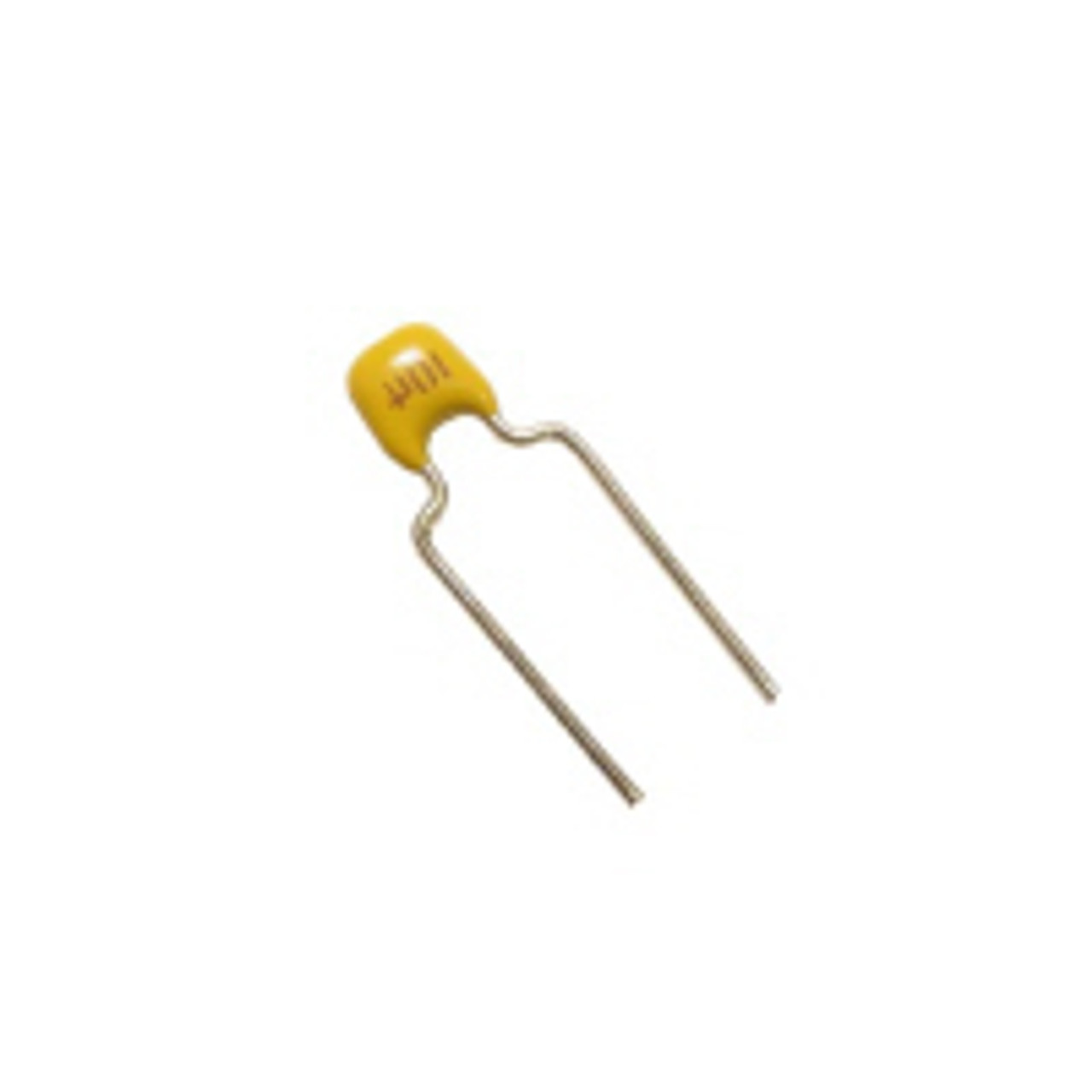
Capacitors are essential components in various electronic devices, serving as energy storage units and voltage regulators. Understanding the output voltages of capacitors is crucial for engineers, technicians, and enthusiasts alike. In this comprehensive blog post, we will delve into the intricacies of capacitor output voltages, exploring their characteristics, applications, and factors influencing their performance.
- The Basics of Capacitor Output Voltages:
Capacitors store electrical energy in an electric field, and their output voltages depend on several factors. When connected to a power source, capacitors charge and discharge, resulting in specific voltage levels. The output voltage of a capacitor can be influenced by its capacitance, the applied voltage, and the time constant of the circuit. - Capacitor Types and Their Output Voltages:
Different types of capacitors exhibit distinct output voltage characteristics. Let's explore a few common types: a. Electrolytic Capacitors:
Electrolytic capacitors are polarized and commonly used in power supply circuits. They can provide output voltages ranging from a few volts to several hundred volts, depending on their capacitance and voltage ratings. However, they may have limitations in terms of voltage ripple and temperature stability. b. Ceramic Capacitors:
Ceramic capacitors are non-polarized and widely used in electronic devices. They offer a wide range of capacitance values but typically have lower voltage ratings compared to electrolytic capacitors. Output voltages can vary from a few volts to around a hundred volts, depending on the specific ceramic capacitor used. c. Film Capacitors:
Film capacitors, including polyester, polypropylene, and polycarbonate capacitors, are known for their stability and reliability. They can provide output voltages ranging from a few volts to several kilovolts, depending on the capacitance and construction of the capacitor. - Factors Affecting Capacitor Output Voltages:
Several factors can influence the output voltages of capacitors: a. Capacitance Value:
The capacitance value determines the amount of charge a capacitor can store, directly impacting its output voltage. Higher capacitance values generally result in higher output voltages. b. Applied Voltage:
The voltage applied to a capacitor affects its charging and discharging processes, ultimately determining the output voltage. Exceeding the voltage rating of a capacitor can lead to failure or even explosion. c. Temperature:
Temperature variations can affect the capacitance and leakage current of capacitors, consequently impacting their output voltages. It is essential to consider the temperature range within which a capacitor can operate reliably. d. Aging and Wear:
Over time, capacitors may experience aging and wear, leading to changes in their electrical characteristics, including output voltages. Regular maintenance and replacement are necessary to ensure optimal performance. - Applications of Capacitor Output Voltages:
Capacitors with specific output voltage characteristics find applications in various industries: a. Power Electronics:
Capacitors are extensively used in power electronics for energy storage, voltage regulation, and power factor correction. They help stabilize output voltages, reduce ripple, and improve overall system efficiency. b. Audio Systems:
Capacitors play a vital role in audio systems, providing coupling and decoupling functions. They help maintain stable output voltages, filter out unwanted noise, and enhance audio quality. c. Automotive Industry:
Capacitors are crucial in automotive applications, such as engine control units, lighting systems, and powertrain electronics. They ensure stable output voltages, protect sensitive components, and support reliable operation.
Conclusion:
Understanding the output voltages of capacitors is essential for designing and troubleshooting electronic circuits across various industries. By considering factors such as capacitance, applied voltage, temperature, and capacitor type, engineers can select the most suitable capacitors for their specific applications. Whether it's power electronics, audio systems, or automotive electronics, capacitors with precise output voltage characteristics contribute to efficient and reliable operation.

